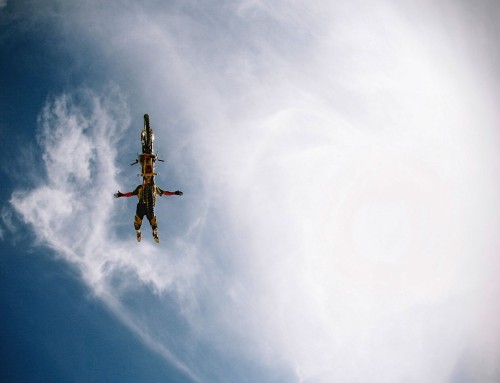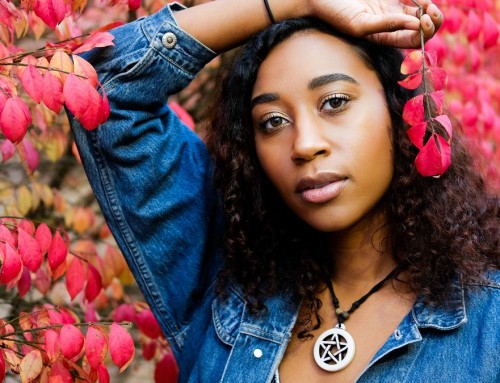Exposure, in digital photography, refers to the amount of light that reaches the camera sensor. It’s a critical element that determines the quality and amount of data that is recorded by your camera when you take a shot. The closer the image is to having perfect exposure, the more dynamic range is captured in the file. Shooting properly exposed photos with every shutter click is a goal of every photographer, but that’s not always possible. Before tossing any dark, underexposed shots in the trash, bring them back to life with a few quick post processing adjustments. This video demonstrates simple techniques for correcting underexposure in digital photos.
Fixing Underexposure
There are a few things to remember when repairing an image that’s underexposed. Most importantly, you generally don’t want to apply brightening effects to correct underexposure over the entire photo. When an image is underexposed, problem areas will largely be found in the shadows, so that’s the only areas that need adjusting. Including highlight areas in exposure adjustments can cause unwanted blown-out highlights.
The second important tip is to use the Histogram when analyzing the tonal distribution in photos. The histogram panel includes powerful tools that help identify problem areas in the image where important details have been lost, or are close to being lost.
Another helpful tip is that underexposed areas are less saturated than lighter areas. After adjustments are made to raise up the shadow areas in an image, closely inspect the color saturation.
Watch the video and learn tips for focusing adjustments on problem areas in dark photos, how to use the tools in Exposure’s Histogram panel, and how to correct color saturation in underexposed images.
Try Exposure Today













